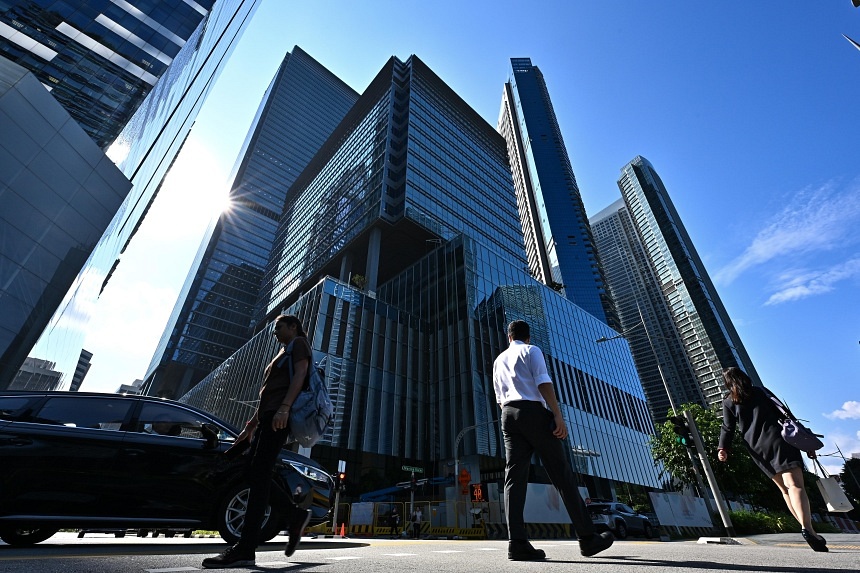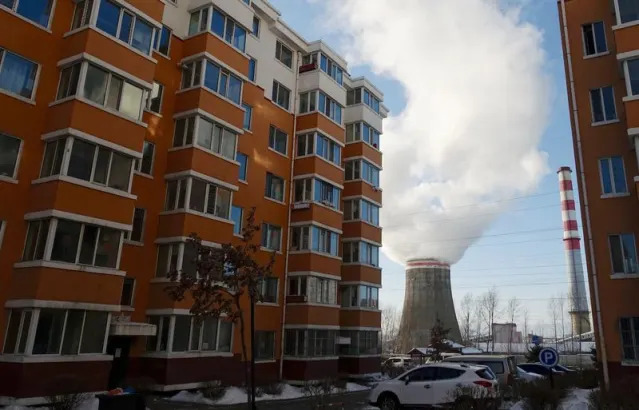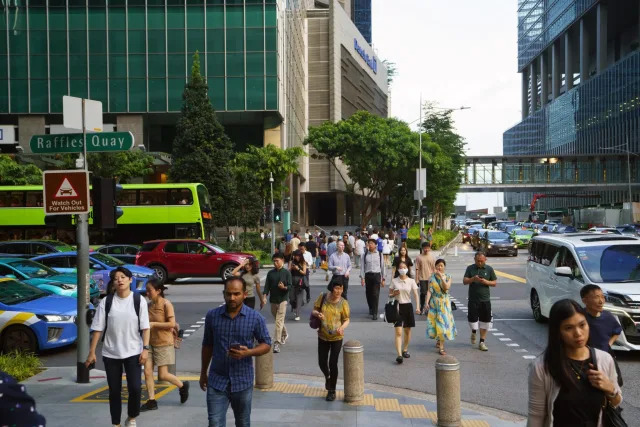
SINGAPORE – Around 20 per cent of firms here are foreign-owned, yet they employ 60 per cent of Singapore residents in high-earning jobs.
The Ministry of Manpower (MOM) released the figures on Sept 17, showing that foreign-owned firms employ an outsized share of those who earn a gross monthly income of above $12,500 and fall into the top 10 per cent of income distribution.
The ministry said the figures underscore the importance of attracting foreign investments and the global talent that follows such investments, in a way that complements local resident workforce growth and creates good jobs for Singaporeans.
The move to release the numbers – a first for MOM – comes amid persistent anxieties from some quarters around job prospects for locals.
Foreign-owned firms in this case refer to those with under 50 per cent local equity, and with at least one employee.
Overall, these firms provide jobs for nearly one-third of employed residents, which refers to those who are permanent residents or citizens, noted MOM in its latest labour market data for the second quarter of 2024.
It added that foreign-owned firms also create business for local small and medium-sized enterprises, which hire the majority of resident workers.
The data also showed that although the unemployment rate improved over the quarter, there was a sizeable decline in the proportion of retrenched residents who found new jobs within six months. This re-entry rate fell to 55 per cent, from 59.4 per cent in the preceding quarter.
Mr Ang Boon Heng, director of MOM’s manpower research and statistics department, said there has been a general downtrend in this figure over the years.
“What it actually suggests is that more and more individuals are taking more time to seek out, to train for better jobs,” he told reporters at a media briefing on Sept 16.
He noted that the re-entry rate also improves significantly with time, to about 70 per cent at the 12-month mark.
MOM’s surveys found that the remaining 30 per cent who did not start work included those who were not actively seeking a job or were preparing to become self-employed, he said.
If the 30 per cent had difficulties finding jobs, there should be an increase in the long-term unemployment rate, but that has not been the case, he added.
The long-term unemployment rate in June 2024 was 0.8 per cent, the same as in March.
The unemployment rate improved across the board in June, compared with March.
In June, the seasonally adjusted unemployment rate for residents was 2.7 per cent, and the rate for Singaporeans was 2.8 per cent, while the overall unemployment rate was 2 per cent.
This is down from 3 per cent for residents, 3.1 per cent for Singaporeans and 2.1 per cent overall in March.
With the decline in the number of those who were unemployed, the seasonally adjusted ratio of job vacancies to unemployed people increased from 1.56 in March to 1.67 in June.

There were 81,200 vacancies in June on a seasonally adjusted basis, down from the 81,900 recorded in March.
MOM said that more than one in five openings were in growth sectors, which are associated with higher productivity and pay.
Growth sectors include financial and insurance services, professional services, as well as information and communications.
Meanwhile, total employment grew by 11,300 in the second quarter, more than double the 4,700 mark set in the quarter before.
Non-residents accounted for all the increase, as resident employment declined marginally by 600.
While there were more employed residents in growth sectors, this was more than offset by seasonal declines in retail trade, and administrative and support services.
Non-resident employment growth was largely driven by construction and manufacturing, rebounding from a decline in the previous quarter.
The increase was mostly from work permit holders who take on non-PMET (professional, managerial, executive and technical) roles that residents are not keen to work in, MOM said.
Retrenchments rose to 3,270 in the second quarter, from 3,030 in the first quarter, with increases observed in the sectors of financial and insurance services, as well as wholesale trade.
The churn in the labour market continued to ease, with the recruitment rate sliding to 1.9 per cent in the second quarter, down from 2.1 per cent in the first quarter.
The resignation rate declined to 1.3 per cent in the second quarter, after holding steady at 1.4 per cent for four consecutive quarters.
https://www.straitstimes.com/singap...-of-high-earning-singapore-residents-mom-data







